Recruitment Life Cycle: Hire the Right Talent Efficiently

Hiring the right talent can transform your business. However, navigating the recruitment life cycle can be challenging for many organizations. Understanding each stage of this cycle helps streamline the process and ensures you are hiring the best fit for your team.
What is the Recruitment Life Cycle?
The recruitment life cycle is the process of attracting, identifying, interviewing, and onboarding the right candidates. It is not just about filling a vacancy—it is about choosing the person who will help your business grow and succeed.
Did you know?
According to WorkBright, employees who experience a well-structured onboarding process are 58% more likely to stay at the company for three years.
Why is the Recruitment Life Cycle Important?
Managing the recruitment life cycle efficiently helps companies avoid poor hires, reduce turnover rates, and maintain a positive culture. When each step is carefully executed, organizations can build teams that align with their goals and values.
Improved Efficiency: Streamlining the recruitment life cycle allows organizations to move quickly and bring in the right talent without unnecessary delays. This efficiency ensures that productivity remains high, with less time spent on unproductive tasks during the hiring process.
Cost Savings: A well-defined and efficient strategy helps lower the cost per hire. By eliminating unnecessary steps, companies can reduce costs, which is especially beneficial for those with tight budgets.
Better Candidate Fit: Focusing on each step of the recruitment life cycle ensures that candidates who are brought on board are the best fit for the culture, values, and requirements.
Key Stages of the Recruitment Life Cycle:
It can be broken down into several stages, each of which plays a critical role in finding the right talent.
1. Identifying the Need: Before starting recruitment, assess the need for a new member. Whether you are replacing someone who left, expanding the workforce, or adding a new position, understanding the role and its contribution to the company is crucial.
- Role Analysis: Take a close look at the position to determine the required skills, qualifications, and experience.
- Position Specifications: Clearly define the responsibilities, duties, and performance expectations to ensure the right fit.
2. Attracting Talent: Finding the right individuals begins with crafting an attractive role description and using the best channels to reach qualified applicants.
- Role Description Creation: Write clear, concise, and engaging descriptions that highlight the key aspects of the position.
- Advertisement Posting: Use popular platforms such as career boards, social media, and professional networks like LinkedIn to attract the attention of qualified individuals.
3. Screening and Shortlisting Applicants: After receiving applications, it is time to assess resumes and narrow down the pool of candidates based on skills, experience, and how well they match the role’s requirements.
- Resume Screening: Use tools like Applicant Tracking Systems (ATS) to filter out applicants who do not meet the essential qualifications and experience.
- Phone Interviews: Conduct initial calls to refine the candidate list and discuss key aspects.
4. Interviewing: The interview phase is where you assess whether an applicant is a good match for the role and company culture. This step helps evaluate their skills, attitude, and motivations.
- Structured Interviews: Use consistent questions across all interviews to ensure a fair and balanced evaluation for everyone.
- Panel Interviews: Involve other team members in the interview procedure to get various perspectives and feedback on the candidate’s suitability.
5. Extending the Offer: Once you have found the right person, it is time to offer them the position. This involves discussing salary, benefits, and the terms of employment.
- Salary Negotiations: Be open and transparent about salary expectations while remaining within the company’s budget.
- Offer Letter: Ensure the offer letter includes all the necessary details about compensation, job responsibilities, and expectations.
6.Onboarding: A smooth onboarding experience is key to making new hires feel welcomed, prepared, and excited to start their new role. Effective training sets the stage for long-term success and retention.
- Introduction to the Team: Make sure the new employee is introduced to their team and key departments to foster connection.
- Training and Orientation: Provide the necessary resources and training to ensure the new hire understands their role and responsibilities, helping them settle in quickly.
Common Challenges:
Even with a well-established recruitment life cycle, businesses face common challenges that can slow down and lead to poor hiring decisions.
1. Attracting High-Quality Talent: Finding the right individuals starts with creating compelling role advertisements. Without targeting the best channels or crafting the right message, your postings might fail to capture the attention of top potential employees.
- Wrong Channels: If you are not using the most effective platforms or reaching out through the right networks, you might miss out on skilled professionals.
- Unclear Messaging: If the role description does not communicate clearly what the position entails and what is expected, it may discourage top talent from applying or attract those who are not the best fit.
2. Assessing Cultural Fit: While it is essential to focus on technical skills and qualifications, cultural fit is equally important for long-term success. A person might have the right qualifications on paper, but if they do not align with your organization’s values and culture, they may struggle to succeed.
- Values Alignment: It is important to assess whether the applicant shares your company’s mission, vision, and core values.
- Compatibility: People who get along well with their coworkers help create a positive workplace and work together more easily.
3. Slow or Inefficient Recruitment Cycle: An inefficient or slow recruitment life cycle can lead to frustration and cause you to lose out on top professionals. If decisions are delayed or there are unnecessary steps in the cycle, potential hires may get frustrated and accept offers elsewhere, leaving you with fewer or less qualified choices.
- Delays in Decision-Making: If the evaluation and selection stages drag on too long, the best people may find other opportunities and lose interest in your offer.
- Unclear Communication: Slow responses or a lack of transparency during the talent acquisition journey can damage your company’s reputation and make candidates feel undervalued.
4.Overlooking the Candidate Experience: Throughout the entire selection process, from job ad to offer letter, the experience you provide potential hires matters. A negative or unprofessional experience can harm your company’s reputation and make it harder to attract top-tier professionals in the future.
- Lack of Engagement: If candidates feel ignored or uninformed during the method, they may not feel invested in the opportunity or may decline offers even after being selected.
- Unprofessional Interactions: The tone and professionalism of your communication are crucial. A poorly managed procedure can create a negative impression of your company.
5. Unclear or Inconsistent Job Requirements: Having an unclear or constantly changing job description or expectations can lead to confusion during the employee selection cycle. When hiring managers or team members are unsure of the specific skills or traits they are looking for, it can result in inconsistent evaluations and poor decision-making.
- Undefined Role Scope: Ensure that the responsibilities, requirements, and expectations are well-defined and communicated to avoid mismatched expectations.
- Changing Criteria: If the job requirements keep shifting, it can confuse both the team and potential applicants.
How to Improve Your Recruitment Life Cycle
Here are some practical tips to enhance the efficiency and effectiveness of your recruitment life cycle:
1. Use Recruitment Software:
Automating parts of the recruitment life cycle can save time and improve accuracy. Use tools like Applicant Tracking Systems (ATS) and recruitment software to handle job posting, candidate screening, and interview scheduling.
2. Focus on Employer Branding:
Building a strong employer brand can help attract top talent. Share stories, testimonials, and insights about your company culture on social media, your website, and job ads.
3. Improve Candidate Experience:
Ensure a positive experience for candidates at each stage of the process. This includes quick communication, transparency about the process, and feedback if not selected.
4. Data-Driven Decision Making:
Track essential metrics such as time taken to fill roles, expenses, and applicant experience. Evaluating this data allows for continuous improvements in finding and training the right talent.
Why Every Business Should Optimize the Recruitment Life Cycle?
Optimizing your recruitment life cycle is essential for long-term success. Companies that continuously improve their strategies enjoy numerous benefits:
1. Higher Employee Retention Rates:
When businesses carefully manage and optimize the steps involved in finding and selecting new staff, they are more likely to bring on individuals who are a better fit for the role and the organization
- Right Fit for the Role: Staff members who are well-matched to their job roles and company culture are more likely to stay longer.
- Stronger Commitment: When team members feel valued and fit in well with their colleagues, they are more committed and motivated to succeed in their positions.
2. Better Performance:
The foundation of success lies in the individuals who comprise an organization. By optimizing the recruitment life cycle, you ensure that each new hire brings the right skills, attitude, and potential. When the right individuals are selected, overall performance improves significantly.
- Collaboration: A well-rounded group, made up of individuals who complement each other’s strengths, leads to better cooperation and collective results.
- Enhanced Productivity: When individuals are in roles that suit their skills and interests, productivity levels rise, benefiting the entire organization.
3. Significant Cost Savings:
Recruiting, onboarding, and training new team members comes with considerable expenses. By optimizing each stage of the selection cycle, companies can reduce unnecessary steps and avoid costly mistakes, such as selecting the wrong person. This leads to considerable savings in costs over the long term.
- Reduced Turnover Costs: Staff members who stay longer save organizations from the high costs associated with constant training and onboarding of new individuals.
- Faster Hiring: A more efficient employee selection cycle means companies can fill open roles more quickly, minimizing downtime and the need for temporary staff, which can be more expensive.
Benefits of the Right Team Members Through the Recruitment Life Cycle:
Bringing in skilled professionals through a well-defined recruitment life cycle offers numerous advantages to an organization.
- Improved Performance: New hires bring fresh ideas and skills, enhancing team effectiveness.
- Increased Innovation: New hires often bring innovative solutions and fresh perspectives.
- Stronger Company Culture: Employees who fit well within the company culture foster a positive work environment.
How Recruitment Life Cycle Enhances Your Business Competitiveness
In the business world, every company needs a strong workforce. A refined recruitment life cycle allows you to attract top candidates faster and more efficiently than your competitors. Here is how it works:
Faster staffing process: A smooth and efficient approach ensures that your company quickly connects with skilled professionals, reducing delays in filling key positions.
Attracting Skilled Professionals: A well-planned approach appeals to individuals with the right expertise and motivation, making it easier to bring in the best people for the job.
Enhanced Company Reputation: Organizations that follow a structured and transparent approach are viewed as reliable and appealing workplaces, attracting top-tier professionals.
Conclusion:
Mastering the recruitment life cycle is essential for bringing in the right professionals efficiently. By understanding each step and optimizing your process, you can build stronger teams that drive success.
Bringing new team members on board is more than just filling an open position—it is about finding people who share your company’s vision and values. Choosing the right approach to employee sourcing today will lead to long-term success, helping your business expand and succeed.
Ready to streamline your hiring process?
Book a demo today and discover how our software can optimize your recruitment life cycle, helping you hire the right talent faster and more efficiently.
Frequently Asked Questions
What is the hiring cycle?
The hiring cycle is the series of steps a company follows to bring in new employees. This includes identifying workforce needs, attracting potential hires, conducting interviews, making offers, and onboarding.
How can I improve my approach?
Enhancing your workforce acquisition strategy involves using advanced software, strengthening your employer brand, prioritizing a positive experience for applicants, and utilizing data for better decision-making.
How long does the process take?
The timeline for bringing in new employees depends on the role, industry, and structure. On average, it can take between 30 to 60 days to fill a position.
What tools can simplify workforce acquisition?
Several platforms can help make employee sourcing smoother, such as Applicant Tracking Systems (ATS), interview scheduling software, and talent marketing solutions.








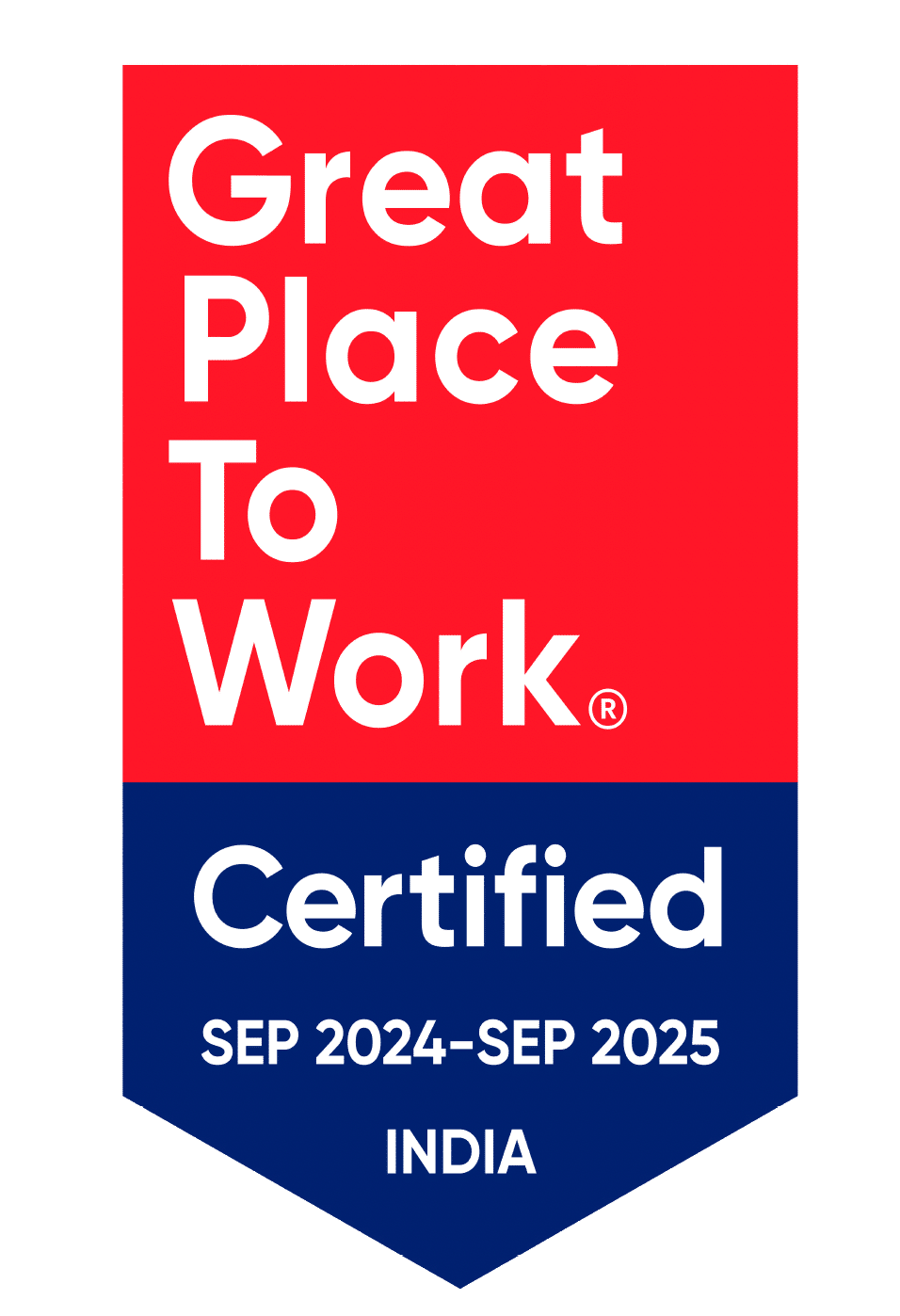
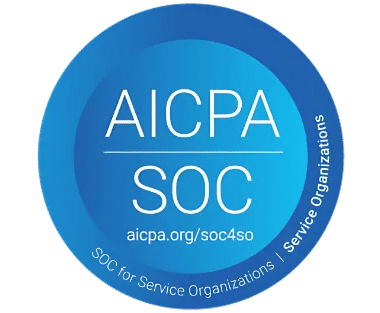
_svxLrd-8yH.png)
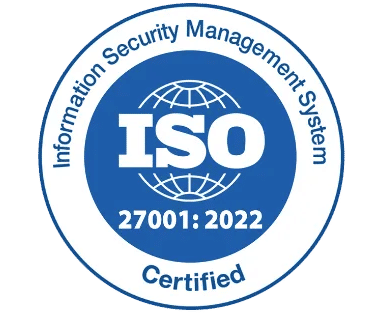
_2VYSFUTN5m.png)

_JiluXJRGNl.svg)

_2djTKNocf.png)
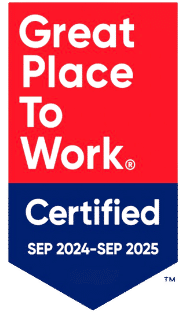



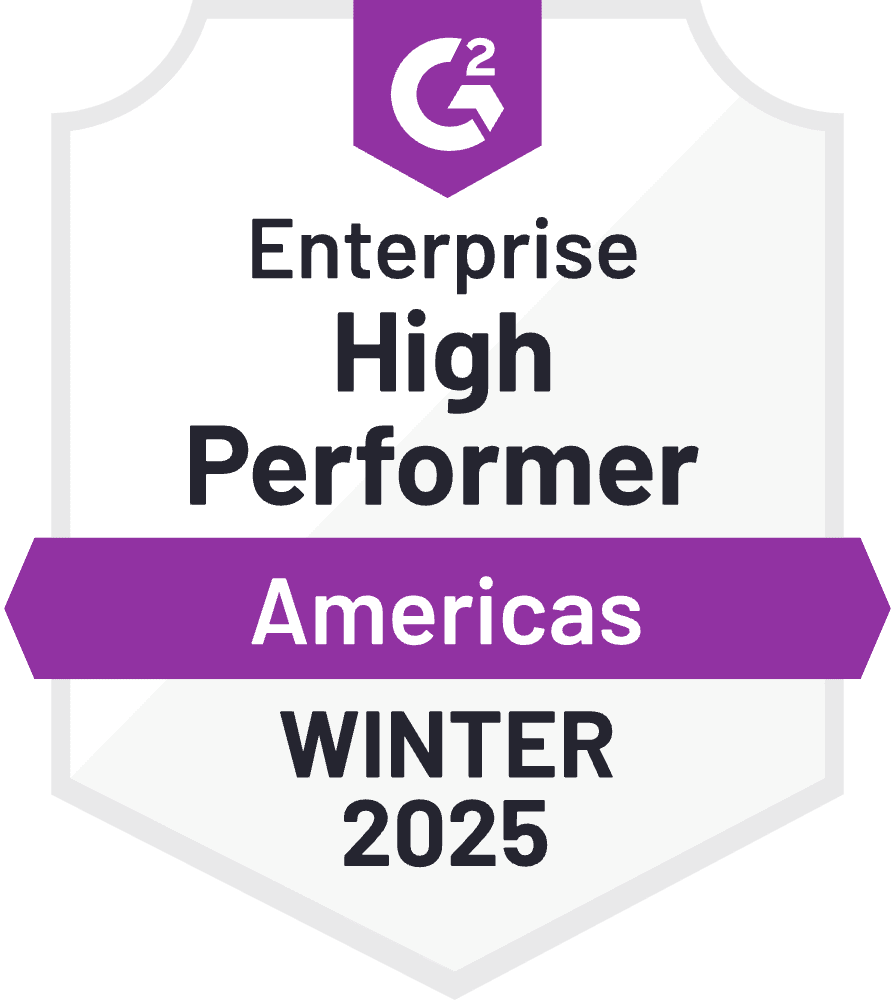
_Rapo0hRMBy.png)










